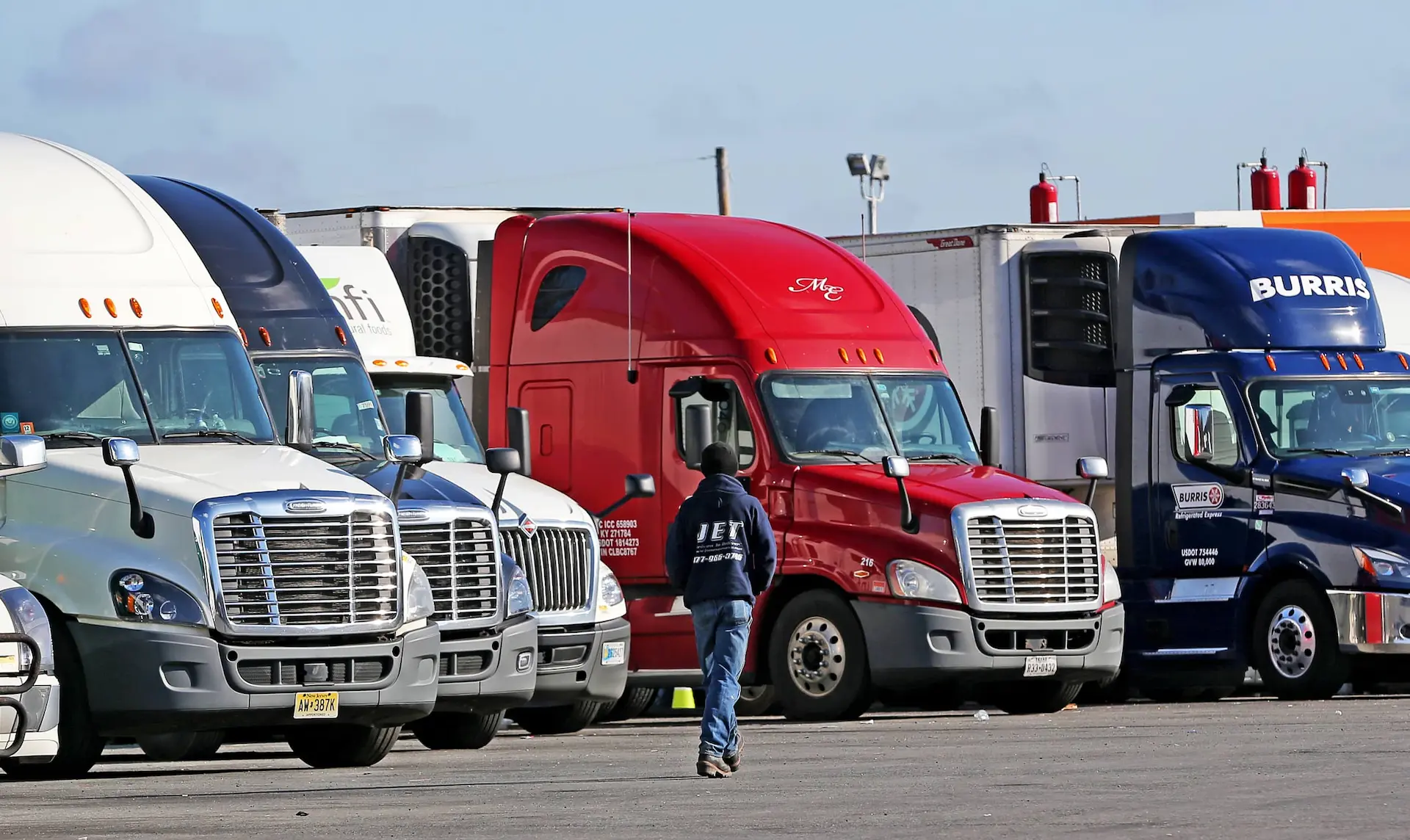Application Form
Please fill out the form below, so we can contact you as soon as possible!

In today’s fast-paced, time-constrained world, effective route planning stands as a crucial necessity for owner-operators. Inefficient traversing, bustling urban streets may present delays, increased fuel consumption, heightened stress levels, and other difficulties. Fortunately, owner-operators can enhance their overall operational efficiency by strategically planning their routes, bypassing city traffic, and guaranteeing punctual deliveries.
Owner-operators suffer substantial difficulties navigating city traffic, which affects many aspects of their business. Time delays and higher operating expenses, which significantly affect the effectiveness and profitability of transportation enterprises, are two crucial factors that are dramatically impacted by city traffic.
Delivery timetables and overall operating effectiveness are strongly impacted by city traffic congestion, which causes significant time delays. Time-sensitive deliveries become more difficult to carry out, frequently resulting in delays that might affect the entire supply chain. In addition to displeased consumers, late deliveries may result in penalties or fines for breaking contractual commitments. Besides, time delays can impede well-planned routes, delaying additional delivery. Owner-operators may find it challenging to catch up due to the domino effect’s order backlog, which could harm their reputation and client relationships.
Owner-operators’ operating costs are significantly increased by city traffic congestion. Long periods of inactivity while stuck in traffic result in increased gasoline usage, declining fuel efficiency, and rising fuel costs due to repeated stopping and accelerating in stop-and-go traffic. Vehicle wear and tear also increases, resulting in higher maintenance expenses and a greater chance of failures.
Additionally, the additional time spent driving due to traffic jams may necessitate paying drivers overtime, which raises labor costs. Moreover, insurance costs can increase if accidents happen more frequently in urban areas with heavy traffic. These elements add up to a significant rise in operational costs, reducing profit margins and making it more difficult for owner-operators to maintain their companies.
Owner-operators should plan their routes effectively to navigate city traffic successfully. Delays should be kept to a minimum to decrease operational expenses and increase overall productivity. Here are some extra tactics to take into account for efficient route planning:
Technology significantly impacts how owner-operators plan their routes in the digital era. Businesses can streamline their operations, reduce the effects of city traffic, and optimize their routes by adopting cutting-edge technologies and software solutions.
By implementing cutting-edge routing software, owner-operators can improve route planning in one of the most significant ways possible. These smart technologies use potent algorithms and historical traffic data to calculate the most effective real-time routes. Unlike conventional navigation systems, these software programs can rapidly adjust to shifting traffic circumstances, accidents, or road closures. To recommend the best routes, they consider various factors, including weather, traffic, and even driver preferences.
Additionally, these software programs frequently include functions like geofencing, predictive analytics, and thorough reporting, giving owner-operators data-driven insights for making strategic decisions. Owner-operators can minimize delays, save fuel usage, and boost overall delivery accuracy by incorporating cutting-edge routing software into their operations.
For owner-operators managing city traffic, real-time traffic monitoring solutions are priceless resources. These tools enable drivers to immediately change their routes by providing real-time data on traffic conditions, accidents, and road closures. By utilizing GPS technology and mobile apps, drivers can receive real-time traffic alerts directly on their cell phones or in-cab devices. These warnings enable them to discover alternate routes and proactively avoid crowded regions, ensuring on-time deliveries and raising client satisfaction.
Real-time traffic monitoring also gives dispatchers access to information on their fleet’s locations and traffic conditions, allowing them to assist and direct drivers as needed. Owner-operators may maintain effective schedules, lower operational stress, and maintain their punctuality reputation by anticipating traffic difficulties and responding accordingly.
Effective route planning is not simply a choice; it is necessary in a market with high consumer expectations and intense competition. Owner-operators who make investments in these techniques and innovations stand to gain dramatically. They may decrease delays, cut expenses associated with running the business, raise customer happiness, and ultimately solidify their position as industry leaders in the transportation sector.
As the digital environment evolves, abreast of the latest advancements in route planning technologies is essential. Owner-operators can confidently guide their companies toward a future of streamlined operations, higher profitability, and long-term success by embracing innovation, fusing it with industry expertise, and comprehending the complexities of city traffic. They can negotiate the road with finesse, ensuring that their deliveries are both on time and remarkable in every way, even though it may be difficult.
Application Form
Please fill out the form below, so we can contact you as soon as possible!